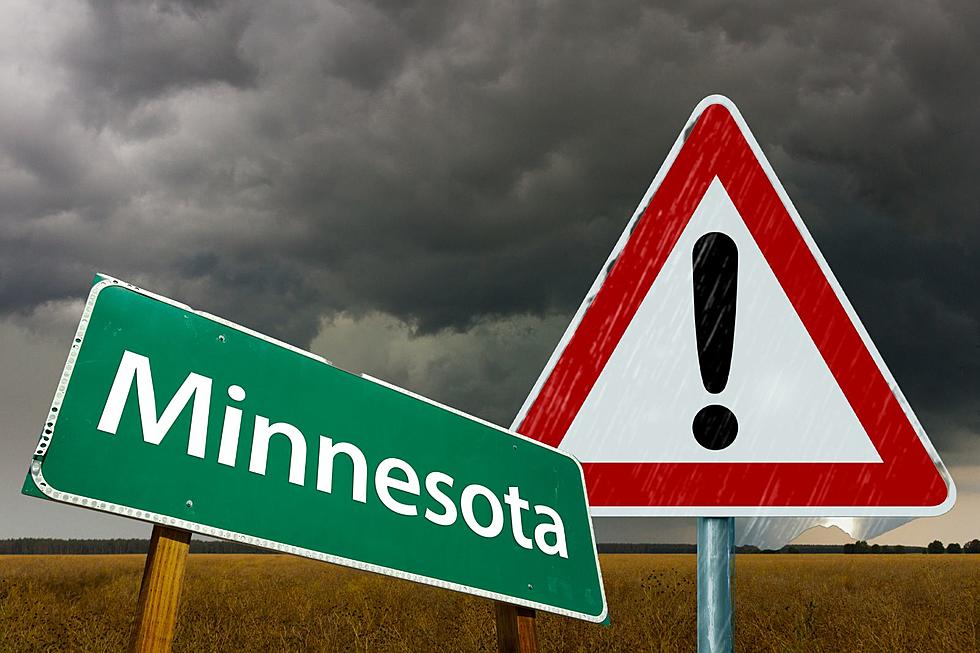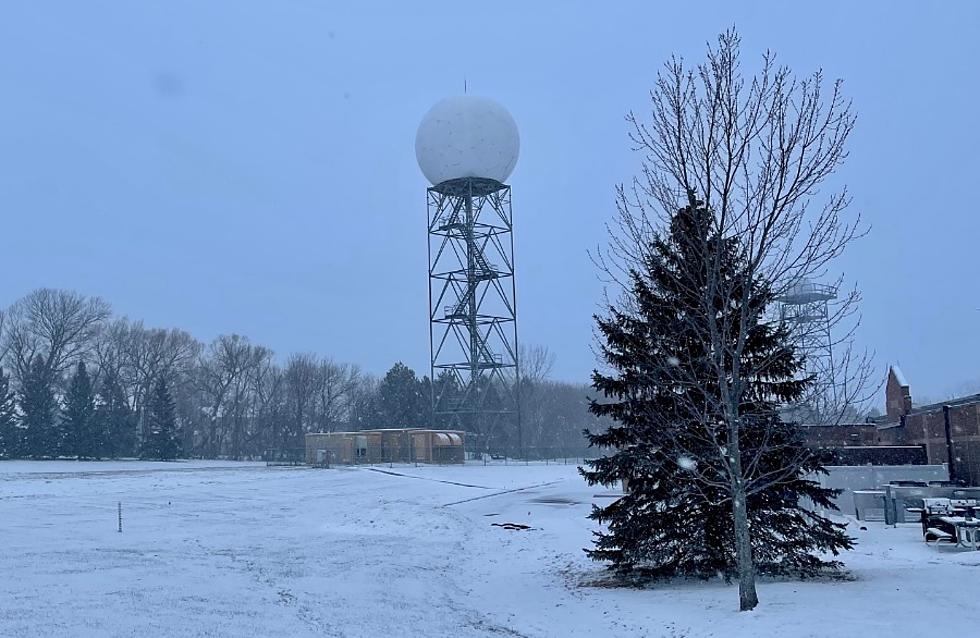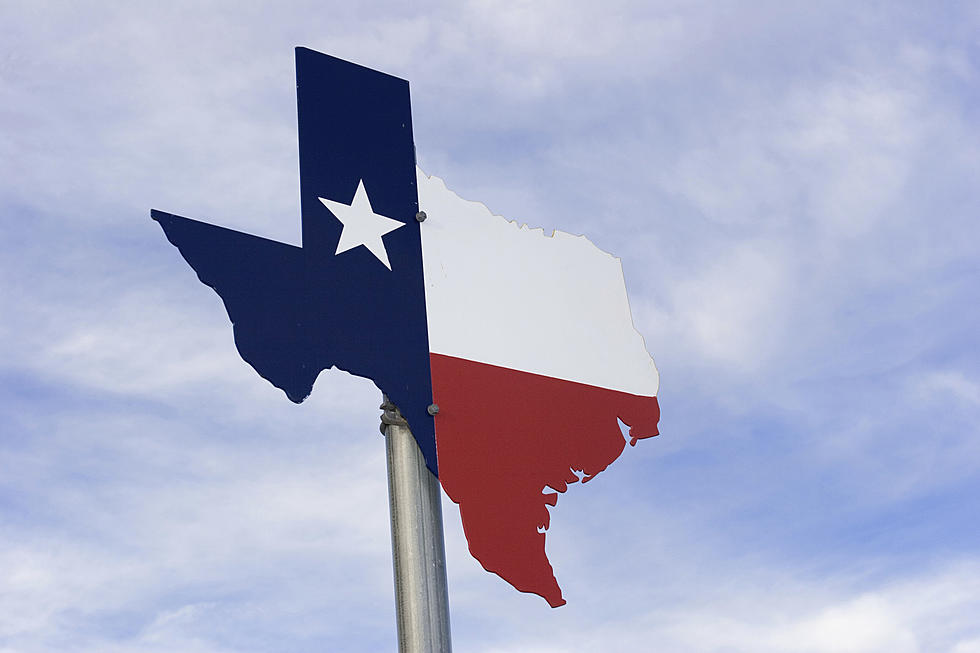
Harvey Expected to Become a Category Three Hurricane
HOUSTON (AP) — Conditions were deteriorating along Texas’s Gulf Coast on Friday as Hurricane Harvey strengthened and slowly moved toward the state, with forecasters warning that evacuations and preparations “should be rushed to completion.”
Millions of people were bracing for a prolonged battering from the hurricane, which could be the fiercest such storm to hit the U.S. in nearly a dozen years. Forecasters labeled Harvey a “life-threatening storm” that posed a “grave risk,” saying it could swamp several counties more than 100 miles (161 kilometers) inland.
Fueled by warm Gulf of Mexico waters, the storm now has maximum sustained winds of 110 mph (177 kph), just shy of the benchmark for a Category 3 storm, according to the National Hurricane Center. The center expect the storm to reach that mark before it makes landfall late Friday or early Saturday.
Brock Long, director of the Federal Emergency Management Agency, told “Good Morning America” early Friday that Harvey was a “very serious” threat and that the window for evacuating was quickly closing.
“Texas is about to get hit by a major hurricane,” Long said. “We’re going to see significant rainfall over the next three days. There’s going to be damage.”
Harvey grew quickly Thursday from a tropical depression into a Category 1 hurricane, and then Category 2 hurricane early Friday. The last storm to reach Category 3 hit the U.S. was Hurricane Wilma in October 2005 in Florida.
Harvey’s effect is expected to be broad: The hurricane center said large storm surges could be expected as far north as Morgan City, Louisiana, some 400 miles (644 kilometers) away from the anticipated landfall.
And once it comes ashore, the storm is expected to stall, dumping copious amounts of rain for days in areas like flood-prone Houston, the nation’s fourth most-populous city, and San Antonio.
More From KROC-AM









